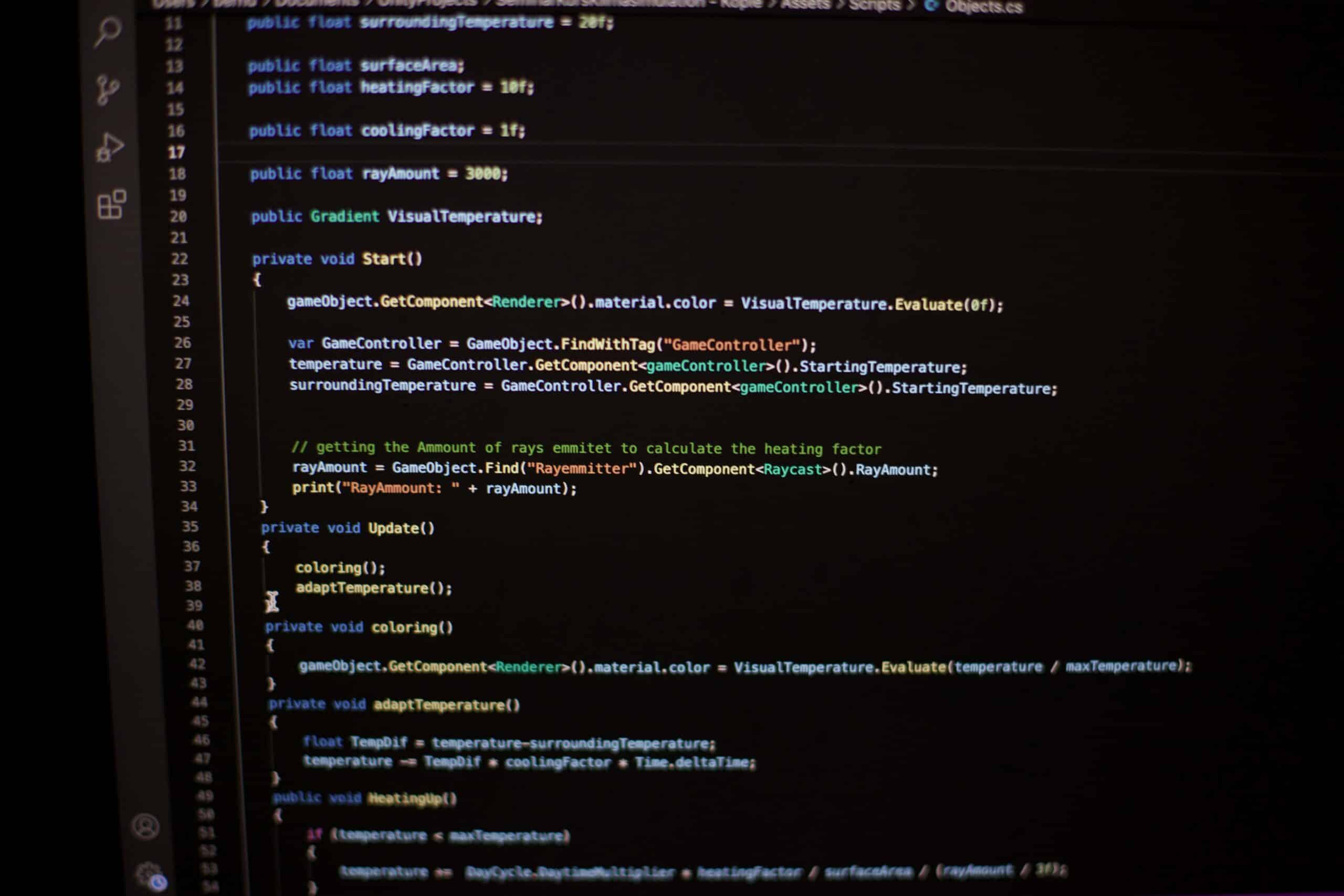Introduction
Holographic UIs and Python: Coding Interfaces of the Future. The future of human-computer interaction is rapidly evolving, and holographic user interfaces (HUIs) are emerging as the next frontier. With the rise of mixed reality technologies, holographic displays are no longer science fiction but a tangible reality. These next-gen interfaces allow users to interact with digital content in three-dimensional space, without the need for traditional screens. While technologies like HoloLens, Magic Leap, and other AR/VR devices provide the hardware, Python is quietly powering the intelligence and interactivity behind these experiences.
In this blog, we’ll explore how Python is contributing to the development of holographic UIs, its application in real-world scenarios, and what the future holds for developers who are coding the interfaces of tomorrow.
Table of Contents
What Are Holographic UIs?
Holographic UIs are three-dimensional user interfaces that users can see and interact with using AR or MR (Augmented/Mixed Reality) devices. Unlike flat interfaces on screens, HUIs allow digital elements to float in physical space, enabling natural interactions using gestures, voice, and gaze. These interfaces are essential for immersive experiences in gaming, remote collaboration, healthcare, and industrial design.
Python’s Role in Holographic UI Development
While Python is not directly responsible for rendering holographic visuals, it plays a critical role in backend logic, AI integration, sensor data processing, and UI control. Here’s how:
1. Computer Vision and Sensor Fusion
AR and MR devices use sensors and cameras to map the environment. Python libraries like OpenCV and Mediapipe are used to process this data, enabling real-time object tracking, hand gesture recognition, and spatial awareness.
Example:
import cv2
# Simple face detection with OpenCV
face_cascade = cv2.CascadeClassifier('haarcascade_frontalface_default.xml')
img = cv2.imread('user_image.jpg')
gray = cv2.cvtColor(img, cv2.COLOR_BGR2GRAY)
faces = face_cascade.detectMultiScale(gray, 1.1, 4)
2. AI and Natural Language Processing (NLP)
Python is widely used to implement NLP and AI algorithms that allow users to communicate with holographic interfaces using voice commands and contextual queries. Libraries like spaCy, NLTK, and OpenAI’s APIs enable intelligent interaction.
Example:
import openai
openai.api_key = "YOUR_API_KEY"
response = openai.Completion.create(
engine="text-davinci-003",
prompt="What can I do with this 3D object?",
max_tokens=50
)
print(response.choices[0].text)
3. Prototyping and Simulations
Developers often use Python to simulate holographic environments before deploying them on AR hardware. Frameworks like Blender (with Python scripting) and Unity (with Python-Unity integration via Unity ML-Agents) allow rapid prototyping of interfaces and scenes.
4. IoT and Edge Computing Integration
Holographic UIs are increasingly being used in smart environments. Python makes it easier to gather and process data from IoT devices, then visualize it holographically.
Example: A holographic interface showing real-time temperature, air quality, and lighting levels from smart home sensors.
Real-World Applications of Holographic UIs with Python
1. Medical Training and Surgery Planning
Python-powered AI models are used in holographic anatomy simulators that help students and doctors visualize and interact with organs in 3D. Hospitals are also using AR with Python backends to plan complex surgeries.
2. Industrial Design and Prototyping
Engineers use holographic interfaces to manipulate and inspect virtual prototypes in real-time. Python scripts in Blender or CAD tools enable parameterized design changes and data-driven visualization.
3. Remote Collaboration
With the rise of remote work, Python-based collaborative tools are being integrated into MR environments, allowing teams to view and interact with 3D models in shared holographic spaces.
4. Smart Retail and Virtual Try-Ons
Retailers use holographic displays to let customers try on clothes or accessories virtually. Python helps manage the computer vision and recommendation systems behind these immersive experiences.
Tools and Frameworks to Explore
- OpenCV: For gesture and face recognition
- Blender + Python: For 3D modeling and UI prototyping
- Unity ML-Agents + Python: AI training for MR applications
- Mediapipe: Hand tracking and pose estimation
- Flask / FastAPI: Backend services for holographic UIs
Challenges Ahead
While the potential is vast, several challenges remain:
- Latency: Real-time interaction requires highly optimized code.
- Hardware Dependence: Development and testing can be limited by access to expensive AR/MR devices.
- Security and Privacy: Holographic UIs gather vast amounts of personal data. Python developers must ensure secure data handling.
The Future of Python and Holographic UIs
Looking ahead, we can expect:
- Wider Adoption in Education: Interactive learning using holograms will become common in classrooms.
- AR Glasses with Python SDKs: Lighter, more affordable hardware will encourage more developers to build with Python.
- Integration with AI Assistants: Holographic interfaces will become the face of personal AI, running Python logic behind the scenes.
Conclusion
Holographic UIs are poised to redefine the way we interact with digital systems, and Python is playing a key role in shaping this future. Its power in AI, computer vision, and backend development makes it a crucial language for anyone aspiring to build the interfaces of tomorrow.
Whether you’re a hobbyist experimenting with ARKit, a startup building smart retail solutions, or a researcher in medical tech, Python offers a flexible and powerful toolset for the era of holographic computing.
Further Reading:
Are you ready to start coding for the future? The holographic world is waiting, and Python is your gateway in!
Find more Python content at: https://allinsightlab.com/category/software-development

